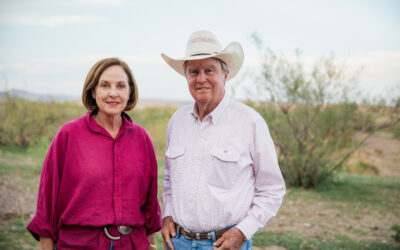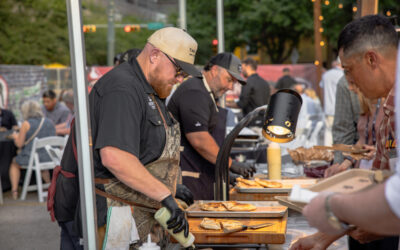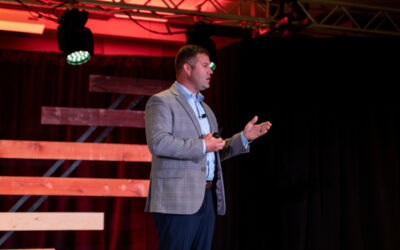
Ranching From the History Books
by Nicole Lane Erceg
I’ve always been fascinated with history. From the Founding Fathers in grade school to the battles of World War II, the stories of those who came before us and the great feats they accomplished continue to intrigue me.
There’s a lot of history out on the range, too, as I’ve learned from ranchers whose operations have stood the test of time. Some are the seventh generation to raise cattle on the same land, on ranches that have been around since the 1800s and getting ready to pass on their life’s work to another in the family line.
Talking about business goals today or the reason behind a seemingly recent management decision many of these folks begin with, “Well, it all started when great-grandad decided to…”
Links to the people who came before and laid the foundation for these enduring operations go beyond the black-and-white photos they shared. There are barns that have been around for decades holding stories deep within their old wooden beams, ruts from the Oregon Trail that can still be seen in the pastures, but most importantly are the lessons learned from mistakes and risks taken by the ones who came before them.
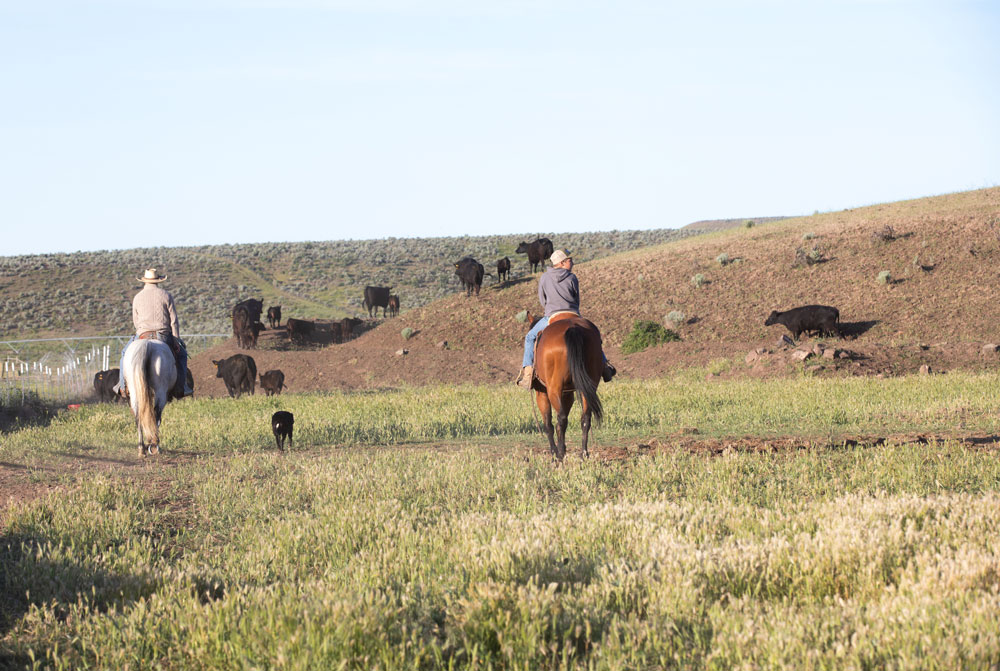
The ideologies of these ancestors are alive in the people who run cattle on the same ground today.
It makes me wonder, what will ranching look like 100 years from now? It’s a question that challenges my brain to create a clear vision. What will technology do to our business, will the cowboy still exist and what will ever-changing consumer preferences be then?
Many would say time spent pondering the unknown is a waste. However, without a vision, there’s nothing to shoot for — and aiming at nothing is a target we’ll hit every time. We cannot become a better industry and produce beef for the consumer of tomorrow by remaining what we are.
The years will pass anyway and the consumer and technology will continue to change, but growth in the beef community — that’s optional (and often more challenging).
“As a kid in the ’60s my dad told me ‘Someday we’ll get paid for the carcass traits in these cattle,’” one rancher shared. “He just lived to see the beginning of it.”
In his day, the consumer “wanted” a lean product. The less fat the better, yet this cattleman focused on putting the taste fat into his herd. He wasn’t blind to the news stories and data, but he also knew what mattered most – the beef eating experience. He bred cattle that guaranteed a good one, before the economic signal indicated he should.
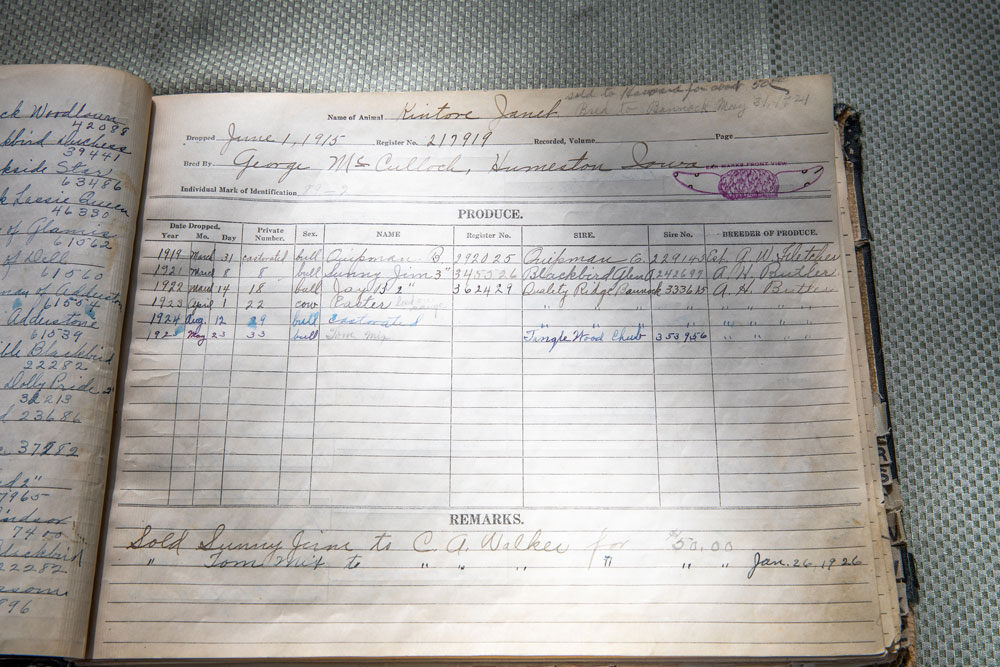
Today’s news cycle buzzes with stories about protein alternatives and consumers intense concerns about the environmental footprint of beef production.
Maybe the answer for the best way to change this narrative lies in our history books.
Revisiting where great operations have been, where they come from, the challenges they have overcome and the character of the people who grew them to where they are today hold valuable lessons. They give us insight into what the future might hold for beef.
The ranchers I’ve chatted with explain it’s not about doing what we always have, but raising cattle that do it even better. Increased flavor, cattle performance, land viability—and being able to track progress along the way.
Those who set a clear vision now maximize the opportunity to capitalize on the economic signals of tomorrow.
Looking back might seem futile when we’ve come so far, but it just might shine a light on how those who come after us can make a livelihood from the land and cattle 100 years from now.
you may also like
Means Ranch Company Earns Certified Angus Beef Sustainability Award
Four generations of the Means family built a legacy through sustainable grazing, water conservation and careful selection of Angus genetics for their south Texas environment. Their stewardship earned the 2025 CAB Sustainability Award.
Keep the Supply Coming
A record-high 800 registrants from 17 countries gathered in Austin, Texas, to learn more about CAB, become inspired by the culinary work of chefs and pitmasters, and celebrate sales and production success. But at the forefront: supply and demand, a reflection of the chaotic past year, and preparing for what’s ahead.
Consumer Demand, Power of Quality
Demand for high-quality beef persists. But with that demand comes challenges. From tight cattle supplies to higher costs and increasing pressure on retailers to deliver a consistent eating experience, the pressure is on. David O’Diam, CAB VP of retail, addressed the current retail beef environment, highlighting both opportunities and challenges in today’s marketplace.

